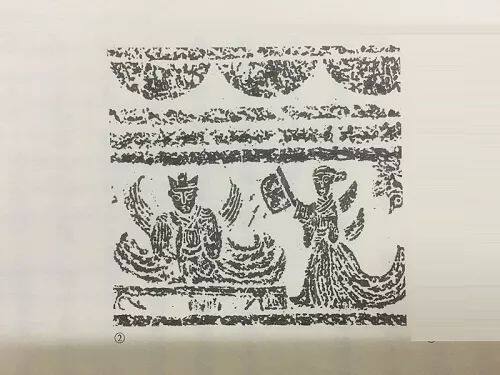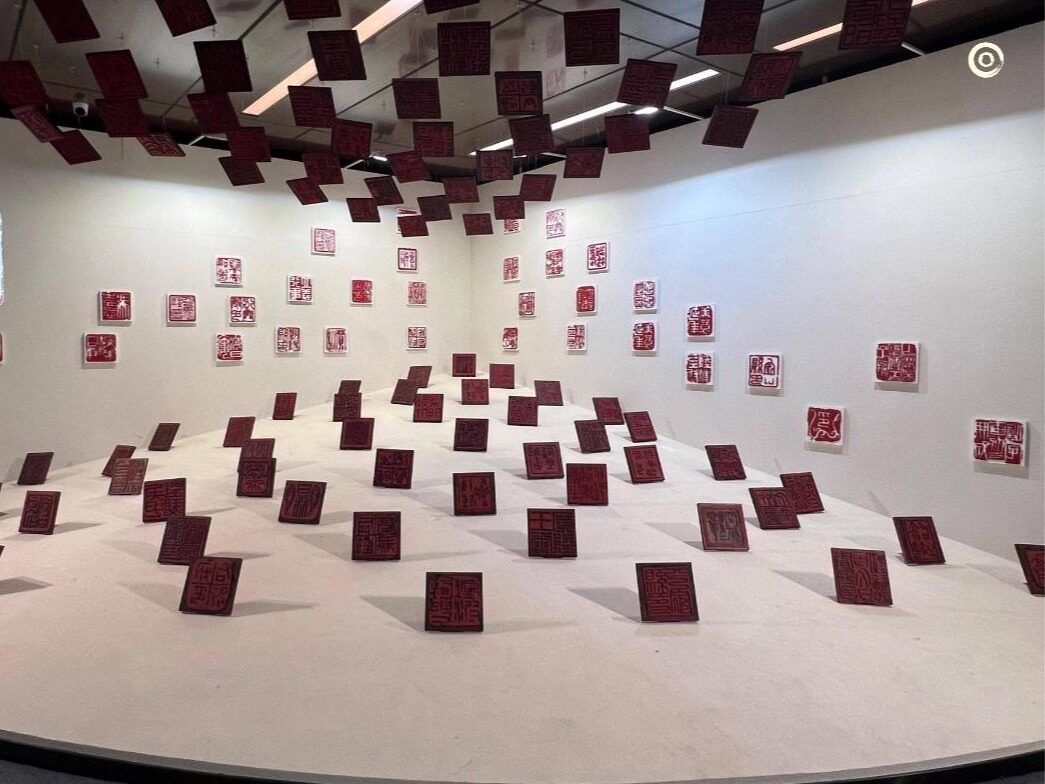- A fan reflects a piece of history, and a fan has a very ancient history in China

Fans originated in China and have a history of thousands of years in China. Today, let’s take a look at the Chinese fan culture.

ancient time
The Chinese fan culture originated in ancient times. Our ancestors hunted plant leaves or bird feathers in the scorching summer, and processed them simply to block the sun and draw the wind. Therefore, the fan is called the sun. This is the original source of the fan. .
The earlier images of the fan are the two large fans with long handles carved on bronzes of the Eastern Zhou Dynasty and the Warring States Period, and the fragments of lupines with wooden handles unearthed from the Tomb of Chu in Tianxingguan, Jiangling. From the perspective of use, slaves and servants are in charge, and the master is shielded from the wind. There are more symbols of authority than practical applications.

Late Warring States Period to Han Dynasty
During this period, a semi-circular shape became the mainstream of fans. Among them, the most exquisite ones are unearthed from the Mashan Chu Tomb in Jiangling and woven with two-color lacquer strips. The instant noodles are all made of thin bamboo strips, ranging from emperors and gods to servants’ barbecues, stoves boiled salt, and they all use it without exception.

Wei, Jin, Southern and Northern Dynasties
During the Wei, Jin, Southern and Northern Dynasties, "Miaowei", "Dust Tail Fan", "Lupin" and "Biyi Fan" appeared one after another.
Lupins were originally made of half-winged birds in the early stage. Later, eight feathers and ten feathers were juxtaposed with a long wooden handle.

Chen is the leader of the team. Since the Wei and Jin Dynasties, he has been talkative, and holding the tail of the dust has the meaning of leader and group. The Legend of Dust Tail Fan was initiated by Emperor Liang Jianwen, Xiao Gang. It is close to the simplification of Dust Tail, and the fixed style is like adding two pinches of deer tail hair to the fan.
The bi-wing fan is also derived from the dust-tail fan, and the upper part is changed to bird feather, which is the symbol of the wings of the emperor god, the fairy and jade woman.

Western Han Dynasty
Symmetrical acacia fan, also known as palace fan, swan fan, and tuan fan, its shape is still round, the acacia fan is characterized by plain white surface with the handle as the central axis, left and right symmetrical like a round moon, the fan with bamboo and wood as the frame, the surface is round or Oval shape, pasted with thin silk. At that time, the fan made in the Central Plains was the most sophisticated. There is Qi Wan Chu bamboo, which refers to the fan made of Shandong silk and Hunan bamboo.
This kind of fan was very popular in the Han Dynasty, and it was eulogized by poems, such as Ban Jie's fan poem, the new cracks are all the same, fresh and clean like frost and snow, cut into an acacia fan, round and round like a bright moon, going in and out of the sleeves of the king, shaking the breeze .
After the appearance of this kind of symmetrical fan, it has been used throughout the ages and has become a fan of traditional Chinese style. This is the fan style of fan culture.

Song Yuan period
In the Song and Yuan dynasties, although the fan still occupied a dominant position and was more diversified, another new type of folding fan appeared at the same time. It was called Jutou Fan, or Sa Fan, or Folding Fan in ancient times. It can be combined into two ends when it is folded. One got the name.
During the Southern Song Dynasty, the production of folding fans had already reached a considerable scale.
However, the handed down objects with pictures on the fan, together with the reflections of the pictures and the records of the pictures, total less than ten in the two Songs, and even fewer in the Yuan Dynasty.
The wall paintings of Yongle Palace in Shanxi in the Yuan Dynasty retain a large number of life scenes of Yuan people, and the "folding fan" still only appears in the hands of ordinary citizens.
Folding fans were popular in the Ming Dynasty. The emperor summoned the craftsmen in the palace to imitate the Korean fans and absorb foreign craftsmanship to promote the development of domestic fans.

Ming and Qing Dynasty
The Ming and Qing Dynasties were the heyday of the development of folding fans. First the official court, then the society. Fan bones were few in the early days, and fine bones were used later.
The fan is decorated with gold leaf, and the emperor rewards the concubine or close ministers in special exquisite fashion, and distributes them to other officials according to the season. As for the polite and elegant people such as Sao Ren Mo Ke, they pay attention to fan painting and calligraphy to make them closer to handicrafts. At that time, Sichuan, Sichuan and Suzhou were the main producing areas of folding fans. In the Ming Dynasty, folding fans had undoubtedly become the mainstream of fans, which affected the Qing Dynasty.

Throughout the ages, fans have formed an indissoluble bond with people's daily lives. A small fan has become an exquisite craft that combines practical and aesthetic values. Editor/He Yuting
Comment
 Praise
Praise
 Collect
Collect
 Comment
Comment
 Search
Search














Write something~